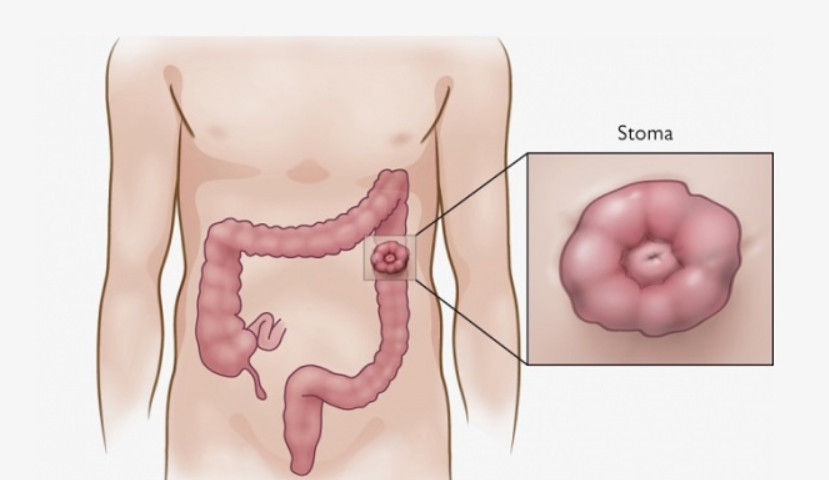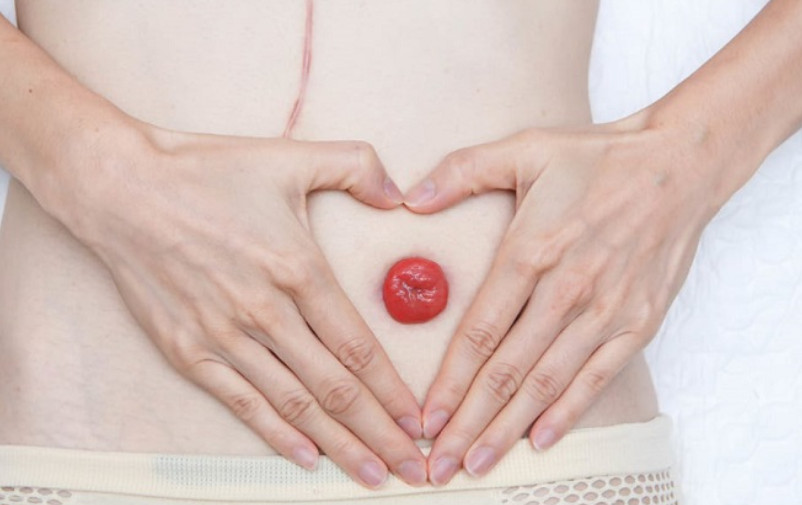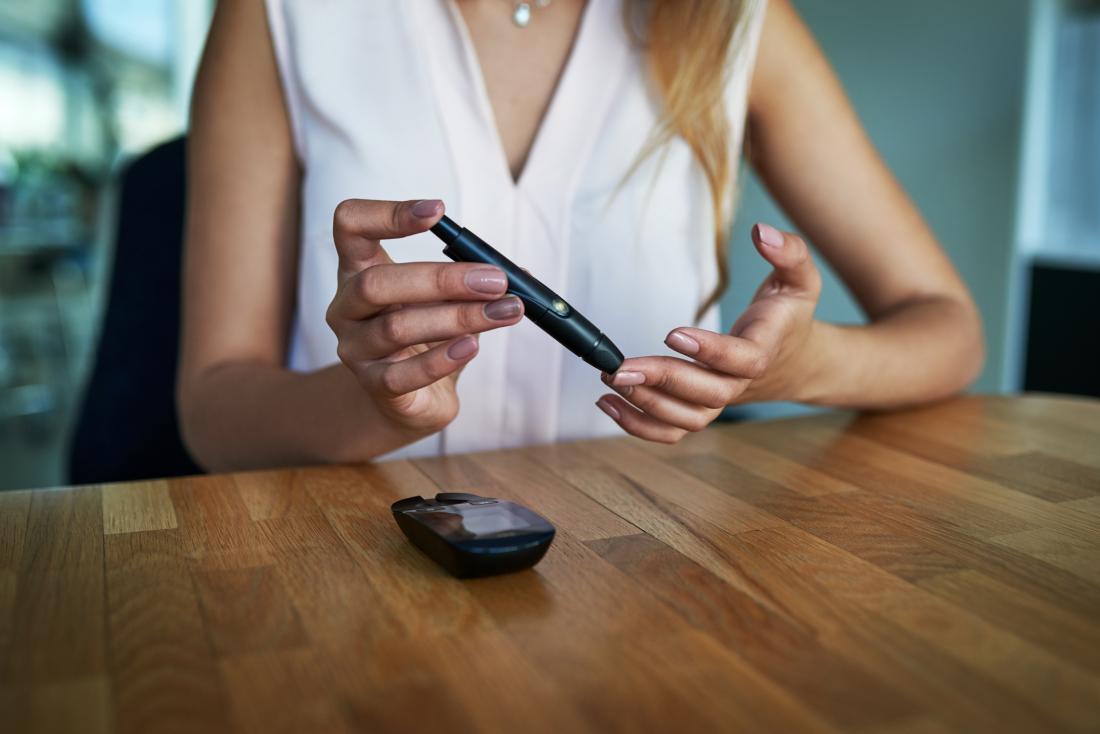Ostomy; How to take care of the ostomy
Ostomy; How to take care of the ostomy : An ostomy is a hole in the abdomen that serves as an outlet for the gastrointestinal tract. Ostomies are surgical procedures for getting rid of stool. They can be permanent or temporary and require regular and careful monitoring. Learn about the types of ostomies, the reasons for their creation and how to take care of them in the continuation of this article.
What is an ostomy?
The excreta leave the ostomy cavity instead of passing through the entire gastrointestinal tract if there is an ostomy cavity in the abdomen. Ostomy surgery is performed when part of the bowel or bladder needs to be repaired or removed.
A doctor creates an ostomy by inserting a portion of the large or small intestine into the surface of the skin and suturing it into a cavity in the abdomen. Intestinal secretions leave the ostomy cavity and enter the sac attached to this outlet. Stomas are typically round, red, and moist, measuring 2.5 to 5 cm in diameter.
Stoma can be temporary or permanent. If the organ is permanently damaged, the ostomy will be permanent. But if only part of the bowel needs healing, the person will need a temporary ostomy.
Types of ostomy:
- Colostomy
An ostomy is formed in a portion of the large intestine or colon to remove part of the anus from the gastrointestinal tract. The person may require a permanent colostomy if the lower part of the colon is removed. A colostomy will be temporary if the bowel only needs to heal. A colostomy will be necessary in the following situations:
- Colon cancer;
- Injury or obstruction of the large intestine.
- Arostomy
A doctor creates a sac in the small intestine and attaches the urethra to it so that urine can pass through the bladder. During bladder damage or some of its diseases, urostomy is used.
- Ileostomy
The ostomy is made in the small intestine so that feces do not pass through the large intestine and anus. An ileostomy is one of the most common types of temporary ostomy, but it can also be permanent. You may need an ileostomy if you have Crohn’s disease, colitis, or colon cancer.

Your doctor can do it in one of two ways, depending on the type of stoma:
The doctor removes the severed end of the bowel and sutures it through the ostomy cavity.
In a ring ostomy, the doctor pulls a ring from the bowel, cuts it, and attaches it to the ostomy, one for the mucosa and one for the stool.
The stages of ostomy surgery are as follows:
Prior to making an ostomy, the person is anesthetized and the doctor removes diseased or damaged parts of the bowel.
The patient is given the training necessary to maintain the ostomy after surgery. After being discharged from the hospital, a person should rest for a few days and refrain from strenuous activity for several weeks. For the first few months, your doctor will also recommend a low-fiber diet.
There is a lot of bloating in the gastrointestinal tract in the first few weeks after surgery. Stomas may also shrink during the first few months, which is normal. Most people can continue to work for about 6 to 8 weeks following surgery.
Ostomy maintenance:
1. Skin care around the stoma
Stoma skin should resemble the skin on the rest of the abdomen. Nevertheless, stoma discharge can make the skin painful or sensitive to the touch. To maintain healthy skin, use the following methods:
Use a bag and valve that are the right size: If the valve on the bag around the ostomy is too small, it may cause it to be cut, swollen, or damaged. When this valve is too large, the discharge will hit the skin and irritate it. The sac or valve must be replaced in both cases, and the ostomy size selected.
Colostomy or ileostomy bags should be replaced regularly to prevent leakage or skin irritation. It is not necessary to wait for a leak or problems such as itching or burning before replacing the bag.
To remove the bag valve label, it is best to gently press the skin to remove the label when removing the bag from the skin once a day. Pulling on the skin to remove the bag valve is not recommended.
Repositioning the bag after thoroughly rinsing the skin around the ostomy: The skin around the ostomy should be thoroughly rinsed with water before repositioning the bag.
Allergies may be caused by valve adhesive or bag components. After using an ostomy bag for weeks, months, or even years, this allergy can develop. If the irritation occurs only in the area that comes in contact with the ostomy sac, the person can cover it or use another type.
2. Empty and replace the ostomy sac
The hospital teaches patients how to empty and replace their ostomy bags. The process does not require sterile tools. Use a damp cloth or paper towel instead of sterile gauze to clean the area around the ostomy.
Empty the bag
Emptying the bag when it is half-full or one-third full will prevent protrusion and leakage. To do this, follow these steps:
- Take a seat in front of the toilet;
- You can use a paper towel to prevent the contents from spilling into the toilet.
- Lift the end of the bag and loosen the clamp.
- Go to the toilet and gently empty the contents.
- Wipe the inside of the bag and the inside of the end of the bag.
- Reattach the clamp to the tail of the bag.
It is better to change the bag regularly to avoid various complications. Some bags need to be changed every day, some every 3 days, some every week. It depends on the type of bag.
During certain times of the day, intestinal activity may be lower. This makes changing the ostomy bag easier. Early in the morning or before eating or drinking is the best time to do this. It is best to change the bag at least one hour after eating to reduce bowel movements.
Following surgery, stomach discharge may be thin or watery. It is best to change the bag when the discharge becomes thicker.
Ostomy sac adhesion factors
Make sure the ostomy bag is completely attached to your skin. The bag should be replaced before washing or leaking. The duration of the bag on the skin depends on a number of factors, including:
- weather;
- Skin conditions;
- wounds
- Weight change;
- diet;
- Activity;
- Body shape around the stoma;
- Secretions
Here are some factors:
Sweating can reduce the number of days the bag remains attached to the skin. Combining body heat with outside temperature causes the glue around the bag valve to loosen faster.
Oily and moist skin reduces adhesions.
Changes in weight can affect how long you use your bag. After ostomy surgery, weight gain or loss can change the shape of the abdomen, and you may need a different type of bag.
The diet affects the adhesion of the sac valve. Those foods that cause watery discharge are more likely to cause the valve adhesive to dissolve.
The bag can be effectively used in less time if you engage in physical activity such as swimming, strenuous exercise, or anything that causes sweating.
3. Bathing
with water does not damage the ostomy. The ostomy is not harmed by contact with air or soap. In addition, it is good to know that water cannot enter the ostomy and that soap does not stimulate it. However, soap can affect the stickiness of the bag milk. Cleaning the skin around an ostomy should be done with water only. If soap is used, it should be washed thoroughly.
While you can take the bag while taking a shower, it is not necessary and usually not recommended. Avoid removing the bag if you are using a bathtub. This is due to the possibility of defecation that the person cannot control.
4. Blood stains on the stoma
Small ostomy hemorrhages are not concerning. Changing the bag or label and cleaning around the ostomy can cause bleeding. Ostomy tissue has thin, superficial blood vessels that are easily ruptured. Bleeding usually ceases quickly. Consult your doctor or nurse if bleeding persists.

Is ostomy surgery reversible?
This surgery can be permanent or temporary depending on the cause of the stoma. If the bowel or bladder are not permanently damaged, an ostomy can be reversed. If the ostomy is permanent, your doctor will tell you before surgery. Ostomies that are temporary are usually removed 3 months to 1 year after surgery.
It is important to leave enough gut to connect the two ends of the ostomy. The doctor connects the two ends of the bowel and sutures the ostomy. Normal bowel activity may take some time to return.
– Dehydration can result from excessive bowel movements through an ostomy. Most food water is absorbed in the large intestine. In most cases, you can get enough water by drinking more fluids, but severe dehydration may require hospitalization. Avoid foods high in sugar, salt, and fat to prevent dehydration.
– Ostomy valve valve adhesion may not adhere well, resulting in leakage of fecal matter. If this occurs, it is better to replace the ostomy bag.
– If food is not chewed or digested properly, it may cause intestinal obstructions. Symptoms of intestinal obstruction include:
Cramps and abdominal pain;
Sudden decrease in stool.
Contact your doctor right away if you notice these symptoms. The complication may improve without treatment, but it may also require treatment.
– inward movement of the stoma may occur. Weight gain, scar tissue, or an inappropriate location of the stoma can cause this complication. Depressions can make it difficult to install the ostomy sac, which can cause skin irritation or leakage. Re-ostomy surgery may be necessary in severe cases.
– A common complication occurs when the bowel protrudes through the ostomy cavity. Parastoma hernias are very common and heal on their own. Surgery may be necessary in some cases.
– An obstruction or reduction of blood flow to the ostomy can result in tissue death. Tissue death usually occurs within a few days after surgery.
Problems living with an ostomy:
1. Flatulence
is a common side effect after surgery. This is an unpleasant but harmless side effect. Nausea and vomiting are common symptoms. You can reduce bloating by avoiding foods that cause bloating, such as eggs, cabbage, broccoli, onions, fish, beans, milk, cheese, soft drinks, and alcohol.
Eating regularly prevents gas accumulation.
Eat small meals four to five times a day.
Do not skip meals to reduce bloating or discharge.
2. Unpleasant odor
Foods, common intestinal bacteria, diseases, some medications, and vitamins can all contribute to bad breath.
Several foods produce unpleasant odors, such as eggs, cabbage, cheese, cucumbers, onions, garlic, fish, dairy products, and coffee.
Use of odor insulation bags;
Make sure the ostomy sac valve is fully attached to the skin.
Empty the ostomy bag regularly.
Fill the ostomy bag with fluids or deodorant tablets.
3. Find the drug capsule in the ostomy bag
The medicine capsule may be in the ostomy bag completely. This means you have not received any medication. Other types of medicine can be used in this situation.
4. Ileus
The stoma may not secrete for a short period of time. This is a normal occurrence. The bowel can become blocked if the stoma is inactive for 4 to 6 hours and accompanied by abdominal cramps, pain, or nausea.
The following activities can help move and excrete material through an ostomy:
Match the valve to the inflammation around the ostomy.
Take a warm bath to relax the abdominal muscles.
When there is a small amount of stool, it is best to drink more fluids and avoid solid foods for a while.
Changing your body position, such as moving your knees closer to your chest, can help move food through your intestines.
Do not take laxatives.
High-fiber foods, such as cabbage, vegetables, celery, pineapple, nuts, coconut, and corn, can clog the intestines. The obstruction may also result from internal changes after surgery caused by wound tissue.
5. Diarrhea
It is usually a sign of an underlying health issue that diarrhea occurs. The term diarrhea refers to frequent, watery discharge with a larger volume than expected. Food passes quickly through the intestines and there is no time for fluids and electrolytes to be absorbed. An abdominal pain can accompany diarrhea that occurs suddenly. A large amount of fluid and electrolytes can also be lost. To prevent dehydration or mineral deficiency, drink plenty of water and replace lost electrolytes.
Eating certain foods can also cause diarrhea, but this is a short-lived condition. The stoma discharge can be changed by raw fruits and vegetables, milk, fruit juices, plum juice, or contaminated drinking water. Anxiety can also cause diarrhea.
Some other causes of diarrhea include:
Food poisoning or an intestinal infection that can cause vomiting or fever.
The use of antibiotics and other medications;
A minor obstruction causing discharge with an unpleasant odor, abdominal pain, intense discharge, and abdominal sounds.
6. Electrolyte imbalance
Salts and minerals in the blood, such as potassium, magnesium, and sodium, are electrolytes. Maintaining the balance of these substances is extremely important. The risk of electrolyte imbalance increases if the colon is removed. Additionally, diarrhea, vomiting, and excessive sweating can increase the risk of this complication.
It is also a very dangerous complication whose symptoms include:
- Severe thirst;
- Dry mouth;
- Decreased urine volume;
- Dizziness;
- feeling exhausted.
- If you are dehydrated, you should drink more fluids
7. Short Bowel Syndrome
When a large part of the small intestine is surgically removed, this complication can occur. Due to the short length of their bowel, people with short bowel syndrome do not absorb enough minerals. Doctors should monitor these people to make sure they are getting enough food. While the sufferer can lead a normal life, he or she should never experience diarrhea, and they should always have access to immediate medical attention.
When should I see a doctor?
You should contact your doctor or nurse if you notice any of the following symptoms:
- Muscle cramps that last for more than two hours.
- Vomiting or nausea that persists for more than two hours;
- Congestion and nausea accompany the inability to empty the stool from the ostomy for four to six hours.
- Very watery discharge for five to six hours.
- Odor that persists for more than a week.
- An ostomy incision or injury;
- Inflammation of the skin or deep wounds.
- Excessive bleeding from the ostomy cavity;
- Bleeding at the junction of the ostomy with the skin;
- Stomial changes that are not expected.










